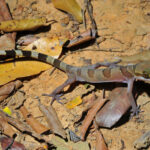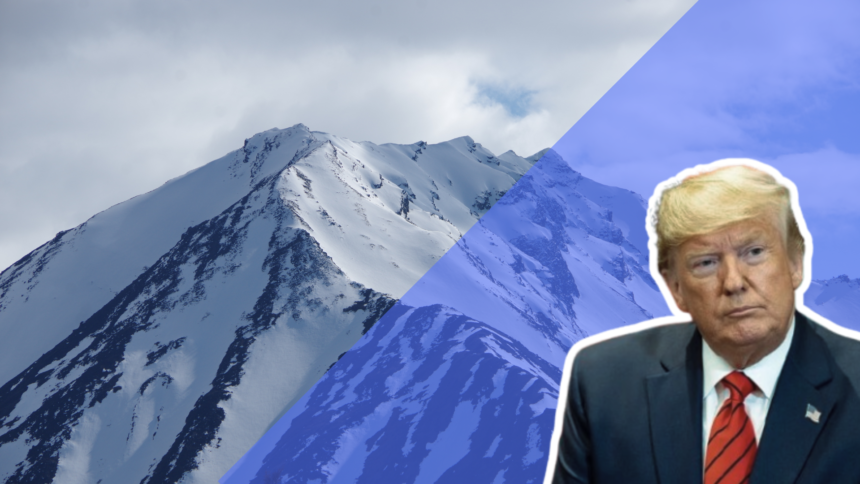The U.S. government has approved oil and gas drilling across a large section of Alaska’s Arctic National Wildlife Refuge (ANWR), a move scientists warn could disrupt one of the planet’s most climate-sensitive ecosystems.
The plan, announced this week by the Trump administration, reopens 1.56 million acres of the refuge’s coastal plain to energy exploration. The decision reverses protections put in place under the Biden administration and reinstates leases that had been cancelled.
The Arctic refuge serves as both a pristine wilderness and a living laboratory for studying climate impacts in the higher latitudes. Its frozen soils, or permafrost, lock away vast stores of ancient organic carbon. Scientists estimate that northern permafrost collectively stores ~1,400–1,600 petagrams of carbon (Pg C) — roughly twice what’s currently in the atmosphere — with a significant portion beneath Alaska’s tundra. When these soils thaw, microbes convert part of that organic matter into carbon dioxide and methane, intensifying global warming.
Ecologists warn that infrastructure — roads, pads and pipelines — alters snow cover, drainage and ground insulation, increasing the risk of thaw, local ground subsidence and lasting changes to hydrology and microclimate. These processes are hard to reverse on human timescales.
“Opening the entire coastal plain of the Arctic Refuge to drilling would destroy one of the most ecologically significant landscapes on Earth,” said Kristen Miller, executive director of the Alaska Wilderness League.
The coastal plain is the calving ground for the Porcupine caribou herd, which completes one of the longest land migrations on Earth — more than 1,500 miles (2,400 km) round trip — and supports many migratory birds. It also provides important maternal denning areas for polar bears.
Scientists say noise, light and chronic human presence can disrupt breeding and feeding, while new access roads and corridors fragment habitat that was previously intact. For Indigenous Gwich’in communities, whose culture and diet are linked to the caribou, those ecological changes translate directly into cultural and subsistence risks.
The Arctic is warming several times faster than the global average — a pattern known as Arctic amplification — so extracting fossil fuels in this rapidly warming region creates a difficult trade-off: more direct emissions from extraction alongside a higher risk of releasing locally stored carbon.
Observational studies and syntheses indicate that permafrost thaw under high warming scenarios could release substantial amounts of carbon or carbon dioxide–equivalent gases this century, depending on emissions pathways and model assumptions. That range and its uncertainty are important to note.
Supporters of the decision argue that reopening ANWR’s Coastal Plain is an important step toward strengthening U.S. energy independence and boosting economic growth. Interior Secretary Doug Burgum emphasized that the move aligns with President Trump’s directive to “unlock Alaska’s energy and resource potential,” aiming to enhance energy security and create jobs across the state.
Alaska Governor Mike Dunleavy hailed the announcement as historic, stating:
“Today’s announcements are historic for Alaska. President Trump and his administration are delivering on promises made to Alaska”
The decision also responds to previous legal challenges, as federal courts ruled that certain leases canceled under the Biden administration were invalid, effectively reinstating them.







